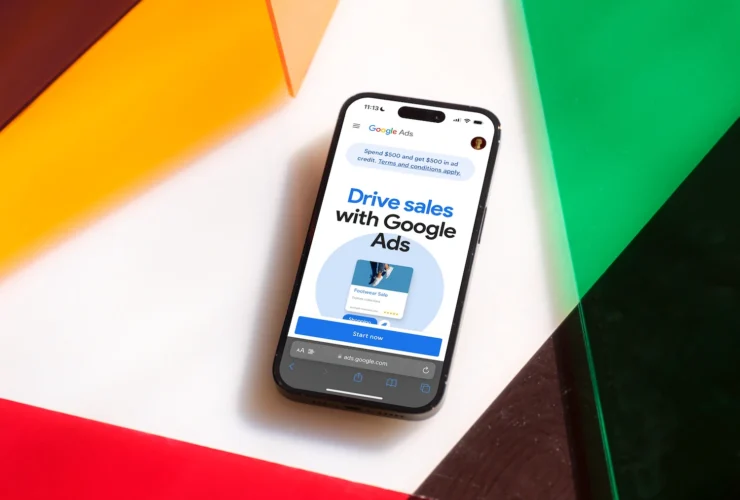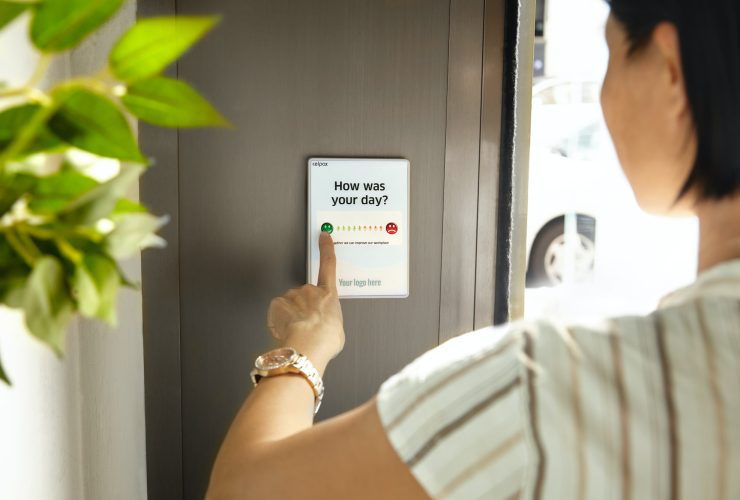Use Psychology to Get More Satisfied Patients
Your practice is built around your patients. If you want your practice to grow in stature and reputation, you have every reason to want not only more patients, but more satisfied patients as well.
Fortunately, there are many ways to obtain more patients. Many of these involve awareness, outreach campaigns, and traditional marketing and advertising.
But how can you improve the effectiveness of your marketing? How can the messages you tell lead to more satisfied patients?
One technique you can use is the psychological principle of priming.
Using psychology to influence behavior may seem taboo to some, but it’s commonplace, especially in marketing and advertising. That doesn’t mean you have to be gimmicky like a used car salesman – to increase the likelihood that patients will make a desired choice (i.e., to choose your practice over a competitor’s, for example), you need to know why they would make that decision. And to understand why people make decisions, you have to start by knowing how the mind works. If you want your practice to thrive, you need to know how to employ techniques that appeal to our human nature, how our brains work.
What is Priming?
According to Psychology Today:
“Priming is a non-conscious form of human memory concerned with the perceptual identification of words and objects. It refers to activating particular representations or associations in memory just before carrying out an action or task.”
For example, a person who sees the word “yellow” will be slightly faster to recognize the word “banana.” This happens because yellow and banana are closely associated in memory.
It all comes down to cognitive ease. All else being equal, we tend to choose those things that are familiar, comfortable, and cognitively “easy” for us.
In his book Thinking, Fast and Slow, Nobel Prize-winning psychologist Daniel Kahneman outlines his research that the human brain works in what he calls two “systems.”
System 1 is fast, reactionary, and immediate – it forms snap judgments and uses heuristics that are (mostly) correct.
System 2 is more methodical – it takes time to solve harder problems for which answers are not familiar or immediately available – but it’s also inherently lazy.
If we can use System 1 whenever possible, we will. It’s easier than engaging System 2. This is where priming comes into play.
Repetition is Key
Priming and repetition can play a powerful role in guiding desired behavior from prospective patients. Simply repeating a message or increasing visibility of a desired action (requesting an appointment, for example) may be one of the most effective ways of guiding patient behavior.
As Kahneman notes, “a reliable way to make people believe in falsehoods is frequent repetition, because familiarity is not easily distinguished from the truth.”
While Kahneman applies this concept to falsehoods, it’s applicable elsewhere, too. You’re not trying to peddle lies or be deceptive in your marketing – but if you want patients to become more comfortable with the notion of using your practice for their refractive surgery, repetition and familiarity is key.
Research shows that it takes an average of seven “touchpoints” before a person will become familiar and comfortable with a brand…so getting your message, your staff, and your services in front of the patient repeatedly is crucial to helping them feel more familiar with your practice.
By doing so, you’re “training” a patient’s memory. If it’s familiar and easily understandable, cognitive ease will take over and put their behavior on autopilot.
How Can the Ophthalmologist Use Priming in their Marketing?
One of the first interactions many patients have with an ophthalmologist is on their practice website – and priming is subtle and easy to implement online.
For an ophthalmology website to be effective, it must meet 3 criteria:
- Simple to use.
- Easy to understand.
- Clear in how to proceed.
Simple to Use
There’s a temptation in website to try to be all things to all people, to do absolutely everything under the sun.
This is a huge mistake.
Clear choices about branding, fonts, and imagery fall into this category. The most simple websites (sometimes with bare-bones features) are often the most effective. That doesn’t mean your website has to be ugly to be effective, but it will be more effective when you pare down the number of “features” it has in favor of telling a simple story.
By making your website easy to navigate, you’re signaling to the patient that you want their experience to be as painless and effortless as possible.
Patients who feel comfortable and familiar on your website are more likely to feel comfortable and familiar with your practice. When in doubt, keep it simple.
Easy to Understand
When we’re faced with an unfamiliar situation (researching options for refractive surgery, for example), System 2 kicks in – we expend more energy processing the situation, and we’re wary by default.
Your goal as an ophthalmologist should be to minimize the degree to which a patient has to engage their “System 2.” You can do this by making the process educational and as familiar as possible.
One way to do this is by educational resources. Repeatedly showing educational resources on refractive surgery can have this effect as patients become more familiar with the concept and steps necessary to improve their vision. The more education patients receive, the more it will lessen their cognitive strain and make them feel more familiar with your practice.
Another way to make patients feel at ease is by case studies. Featuring case studies or testimonials from satisfied patients can have the same effect – by seeing other patients who closely resemble them (this is a psychological principle called “mirroring”), the patient will feel more comfortable and familiar with the prospect of having surgery performed at your practice…because all of those other people had a great experience, I probably will, too!
The same goes for your staff. The best ophthalmic practices we’ve encountered have gone above and beyond to highlight the people who work in their practice – and not just physicians, but their front office staff too. If a patient comes into your practice and recognizes the faces of people they’re interacting with in your office, they are more likely to feel at ease and have a positive experience. This recognition may be subconscious (System 1 is at work, after all), but it can have a powerful effect. It costs nothing, but can contribute to overall patient satisfaction. What’s to lose?
As the situation becomes more familiar, cognitive ease increasingly guides our behavior as we let our walls down. Bingo.
Clear in How to Proceed
Having multiple opportunities to request an appointment is critical for an ophthalmic practice to engage prospective patients. By now, hopefully patients are more comfortable and familiar with your practice, and have learned more about their condition and what to expect. Their “System 2” is utilized less and less as System 1 takes over.
Once a patient becomes comfortable with your practice, they will want to take action. By having numerous visible opportunities for a patient to request an appointment or reach out for more information, you give them an outlet to take action on the knowledge they have acquired.
Opportunities to take action can take on a number of different forms: chat widgets let patients have their questions answered in real time, contact forms can be used to answer general questions or submit comments, and appointment request forms are for those patients who are ready to improve their vision.
Primed by ease of use and comfortability, the experience is no longer foreign, but familiar, and patients now feel empowered to take the next step.
Priming is Easy, Powerful, and Effective
Priming is a powerful psychological principle that is underutilized in many spheres of marketing. By giving patients easy-to-use online materials that help them feel comfortable, familiar, and empowered, you’re doing yourself a favor that will pay great dividends in the form of more – and more satisfied – patients.
The goal is to get the patient to feel like, “wow, they really care about me here. they went out of their way to listen, understand, and provide excellent care. I never thought I’d actually want to come to the doctor!”
Priming can do that for you.
To learn more about how Messenger can help you attract more patients to your ophthalmic practice, contact us today.








